Project: IDEA: Informing Decisionmakers to Act
492 Search Results Found For : "population"
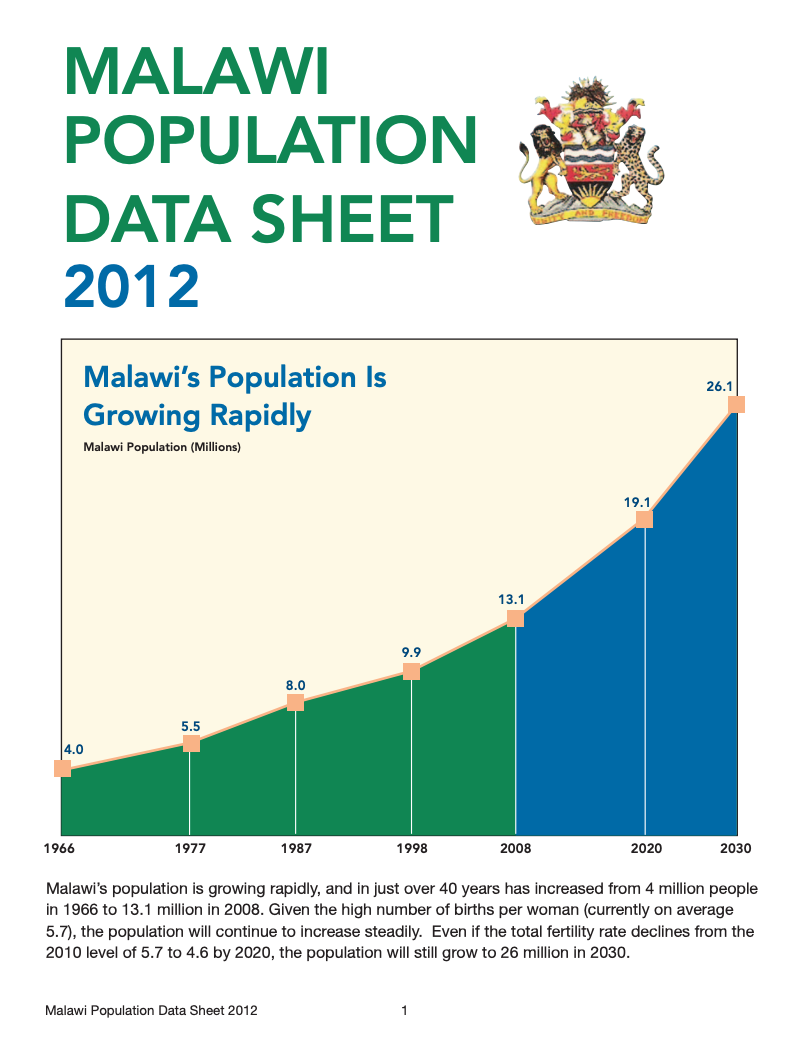

Project: IDEA: Informing Decisionmakers to Act
Malawi Population Data Sheet 2012
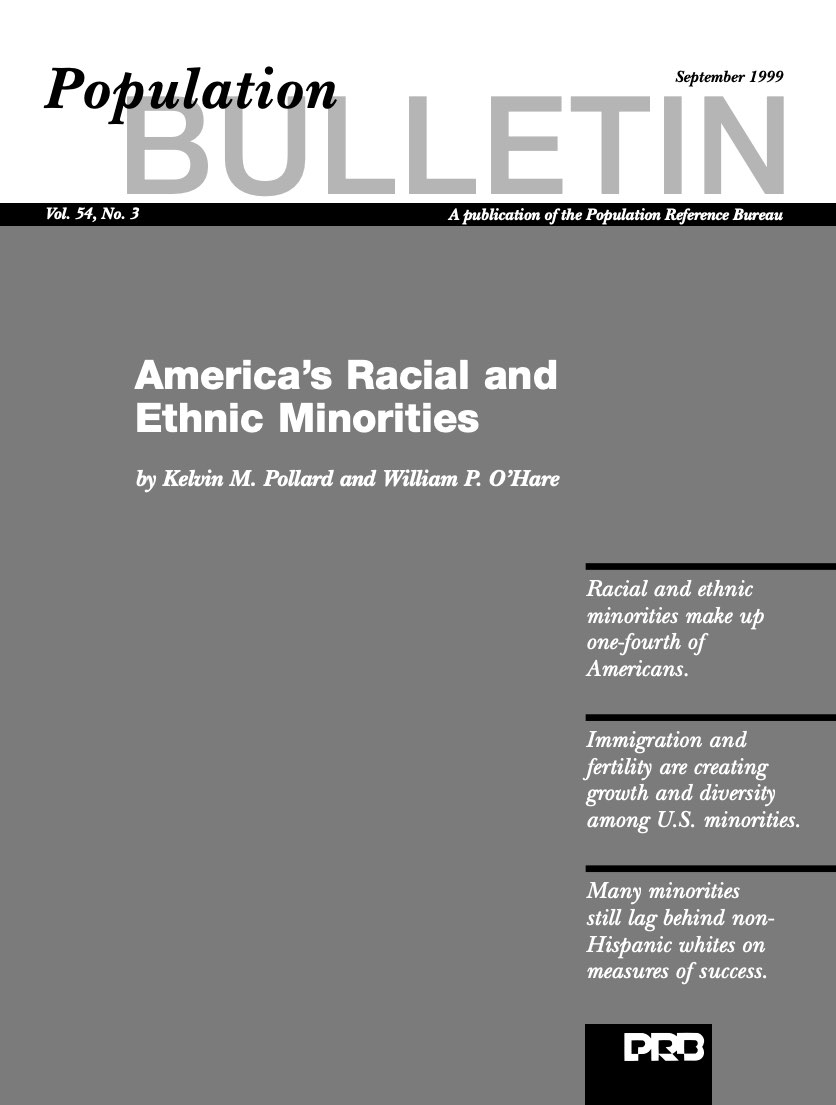
Population Bulletin, vol. 54, no. 3: America’s Racial and Ethnic Minorities
(1999) The 20th century has witnessed the transformation of the United States from a predominately white population rooted in Western culture to a society with a rich array of racial and ethnic minorities.
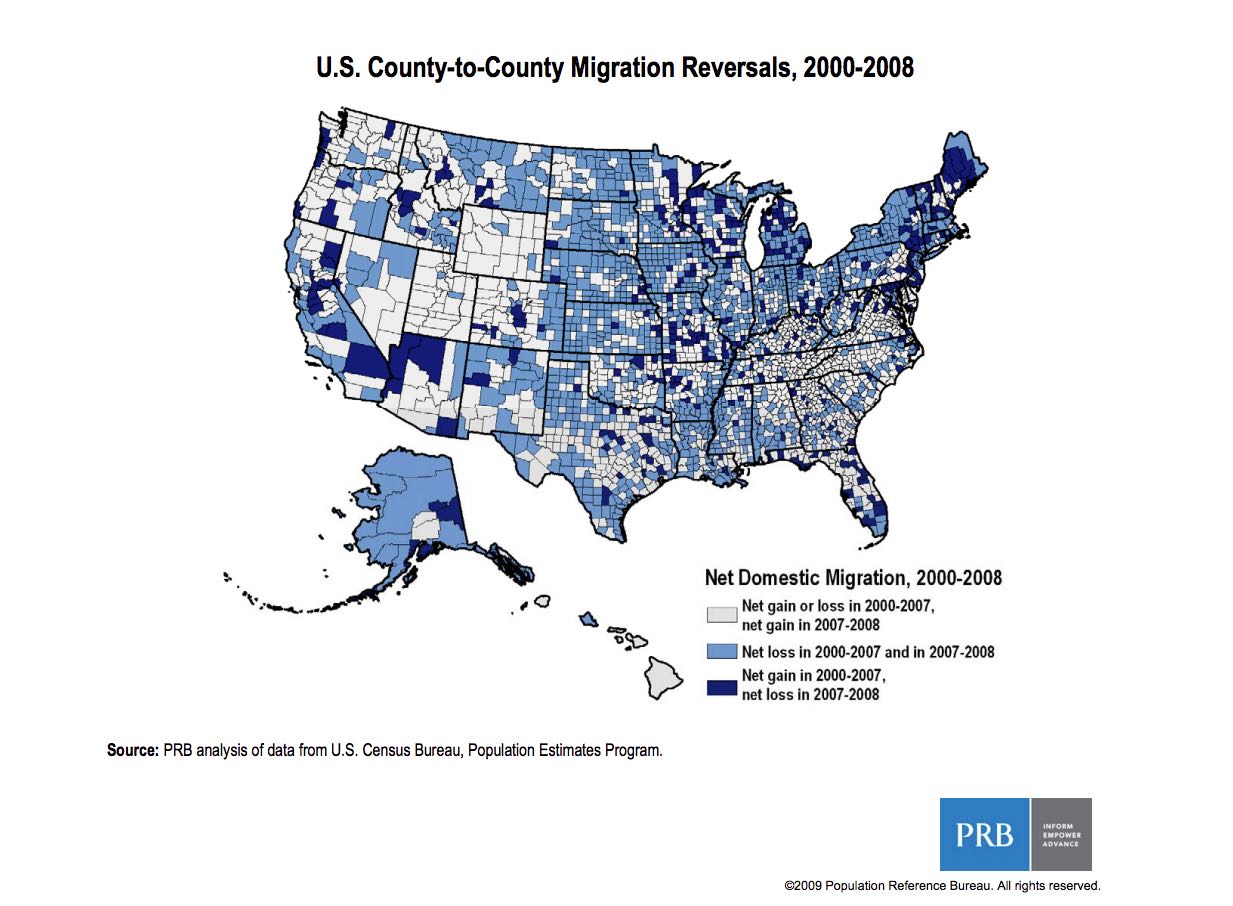
U.S. Regional Population Losses Linked to High Unemployment
(2009) High unemployment rates are not just creating a drag on the U.S. economy, but are also linked to lagging population growth in economically distressed areas, according to a PRB analysis of data from the U.S. Census Bureau.
U.S. Population Could Reach 438 Million by 2050, and Immigration Is Key
(2008) A new report from the Pew Research Center projects that immigration will propel the U.S. population total to 438 million by 2050, from 303 million today (see Figure 1). Along with this growth, the racial and ethnic profile of Americans will continue to shift—with non-Hispanic whites losing their majority status.

Infographic. U.S. Regional Population Losses Linked to High Unemployment
(2009) High unemployment rates are not just creating a drag on the U.S. economy, but are also linked to lagging population growth in economically distressed areas, according to a PRB analysis of data from the U.S. Census Bureau.
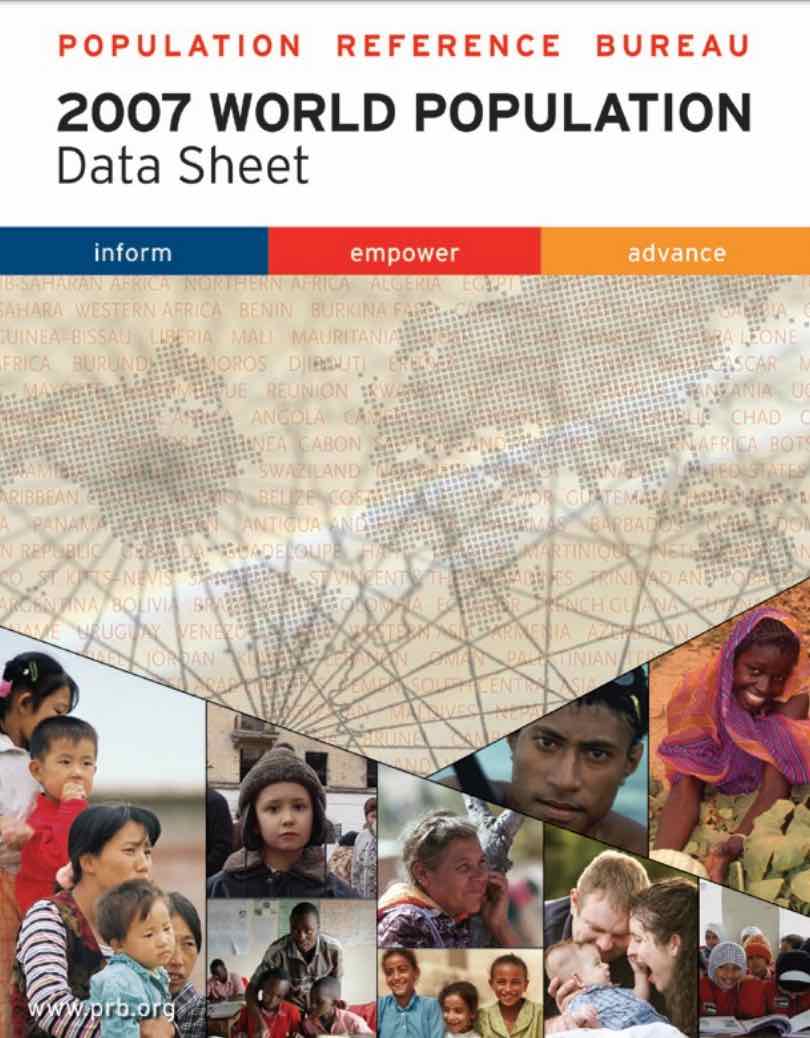
2007 World Population Data Sheet
Malnutrition plays a role in the deaths of about 16,000 young children every day, virtually all of them in the developing world.

Immigration and America’s Black Population
(2007) New flows of immigrants from Africa and the Caribbean are a growing component of the U.S. population.
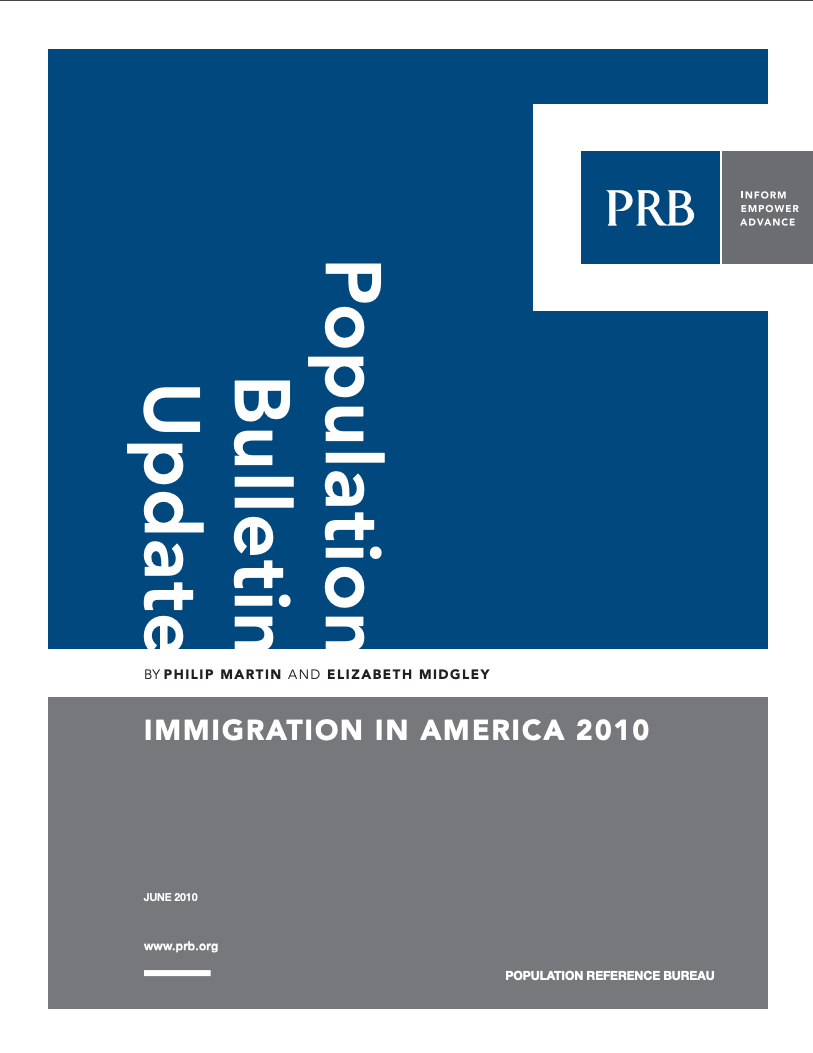
Population Bulletin Update: Immigration in America 2010
This Population Bulletin Update is a follow-up to 2006's Population Bulletin, "Immigration: Shaping and Reshaping America" by Phil Martin and Elizabeth Midgley, and provides new data and analysis on the economic impacts and policy debates around immigration.

